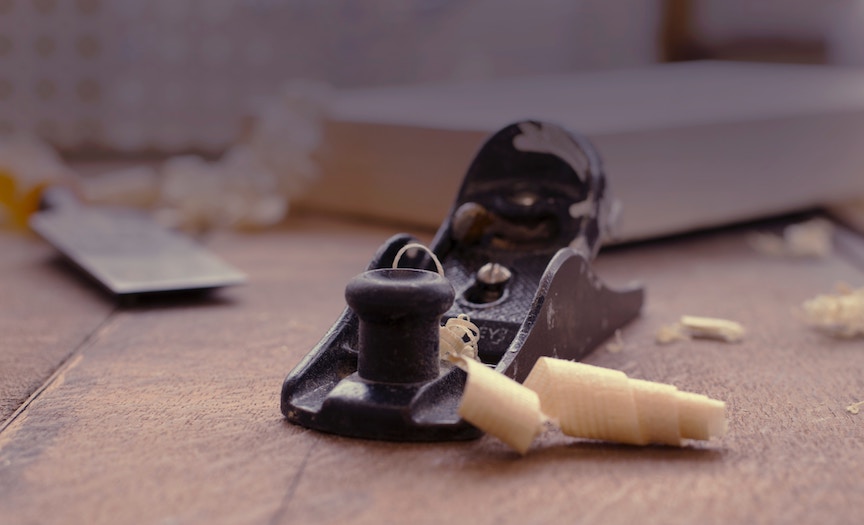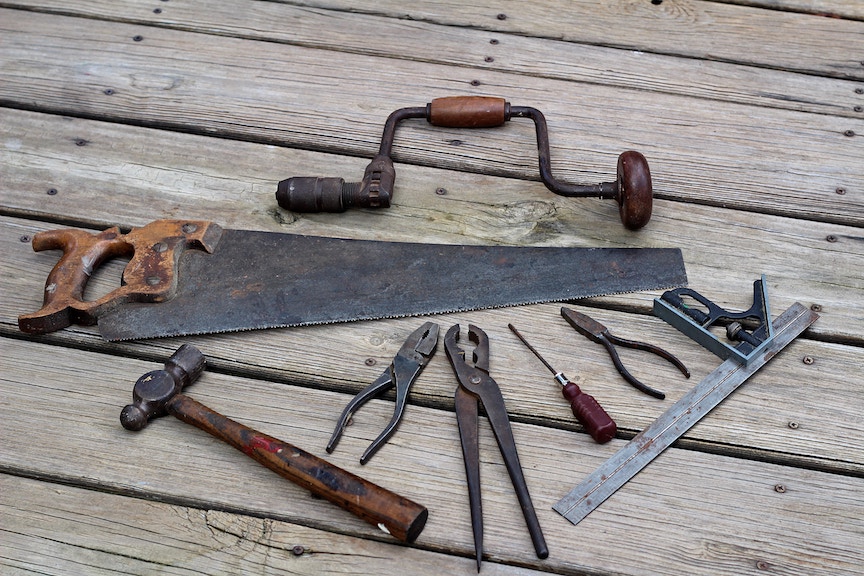You may, at some point, have heard a woodworker rhapsodize interminably, as I am going to do here, about the endlessly satisfying feeling one gets when planning a fine piece of wood with a really sharp handplane. If this causes your eyes to wander about the room, feel free to click on another blog post. But, if like many, you are a bit curious, or perhaps more along the lines of mesmerized about why this is such a wonderful aspect of fine woodworking, then please allow me the opportunity to try and explain why I feel so strongly about all this.
When new students come to our school, the Ebanista School of Fine Woodworking, here in Seattle, most of them know, or at least sense, that there is something quite special about the beauty of wood. We feel like our job here is to unleash that passion for our material. And one of the most important ways to do that is to teach the various methods of showing the very nature of wood.
Hand planes are essential to this “unleashing” in a number of ways. One is very basic, but sometimes missed by the untrained eye. You probably know what sanding is but as a reminder, it’s a process with which the abraded wood fibers are crushed down into the remaining piece — it “muddies” the look of your work. A sharp hand plane slices through the wood and clarifies the remaining wood, making it more vivid. Sanding (ugghh) requires the woodworker to go through a whole series of finer and finer grit papers, which takes MUCH longer, creates a cloud of dust which you are probably not going to be too excited about breathing in, and you have to keep buying more sandpaper. [Groans everywhere.] The finest grit most people, sand to is 220 or 320, while one generally sharpens a nice plane iron to at least 6000 or as much as 15,000. Which do you think leaves a nicer finish?
Sanders, especially belt sanders (ugggggggghhhhhhhhh), which I consider the most pagan woodworking tool of all time, are also noisy and I can think of no tool that can ruin a project quicker. And, this is no small thing. Truthfully, I have never heard of a woodworker putting down a belt sander and saying, “Wow, that was just so satisfying. I simply cannot wait to pick that up and do it again”. People who have just finished hand planing a piece of wood will usually pause for a second after they are finished and have a little smile on their face. Is that a small thing? Resoundingly, NO. It is everything. It is years and decades of turning out the lights in your shop and thinking, “I cannot wait to get back in here in the a.m.”
So what is it that stops most people from going plane crazy?
Simple. Commitment. Anyone can pick up a sander and turn it on. Planes take time to learn. Their whole foundation derives from sharpening, and that takes a commitment of time to learn. Is it worth it? I personally guarantee it. It all comes back to reward you many times over. It takes you from breathing a sigh of relief when a piece is done, to falling in love with it.


